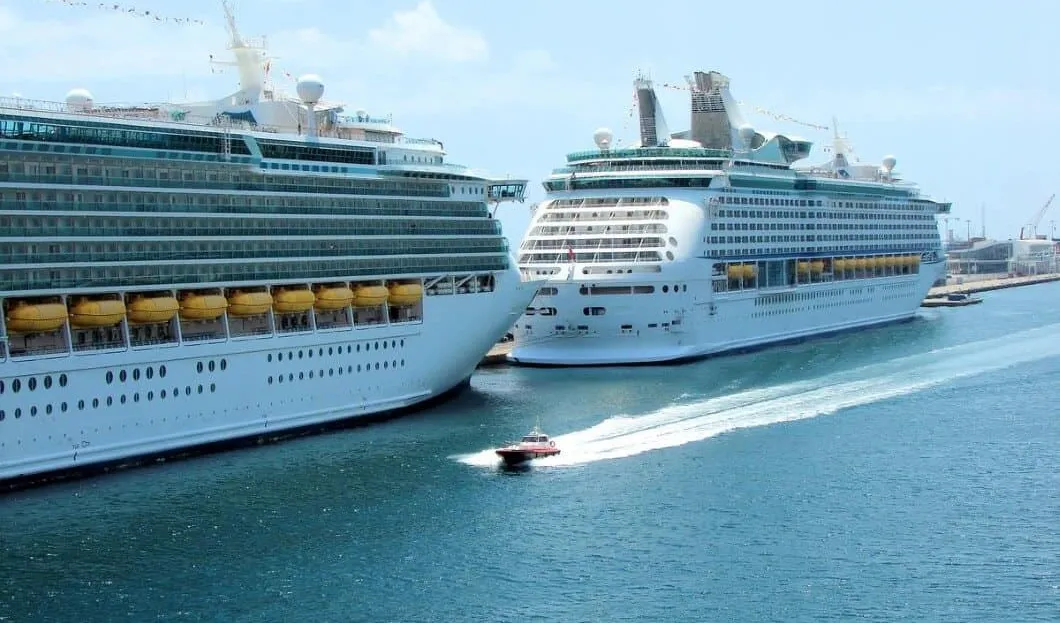
Cruises have become a popular mode of travel for thousands of tourists worldwide who wish to explore different destinations while enjoying a comfortable and unique experience. However, with the increasing number of cruise companies and ships comes the harsh reality of pollution caused by these boats.
In today's world, where environmental protection is a top priority, the major players in the cruise industry are striving to implement measures that work in favor of the environment.
What are the measures taken by cruise companies?
Energy and Fuel Management
One of the first points of debate, and certainly not the least, is cruise ships' high energy consumption. These ships are floating factories that require a significant amount of energy and fuel.
Environmentally friendly cruises focus on regulating energy and resource use. Major cruise companies are adopting various innovative technologies to reduce energy consumption and move towards more sustainable energy sources.
For instance, some liners have photovoltaic panels that collect solar energy to power lights, air conditioners, and other devices. To harness wind energy, other liners use wind turbines installed on boats' upper decks, where the strongest winds are. These sustainable energy sources help cruise ships be more eco-friendly.
Specific models of cruise ships are gradually shifting to alternative, supposedly less polluting fuels like Liquefied Natural Gas (LNG). LNG is currently considered the fossil energy source that generates the most minor greenhouse gases. It produces, on average, 15% less CO2 than conventional fuels and limits fine particle emissions. However, it has been found to cause methane leak, which makes up 95% of the gas and is very harmful to global warming. Despite this, using LNG has a lower environmental impact than conventional fuels, as it helps limit CO2 emissions and is included in operating an environmentally friendly technology.
Waste Management
Effective waste management on board cruise ships is critical to protecting the environment. Cruise companies are committed to protecting aquatic life by implementing waste management strategies on board.
For instance, Costa Cruises has pledged to achieve zero waste by 2025 in partnership with the World Wide Fund for Nature (WWF). This involves minimizing waste generation, recycling, and revaluing everyday waste on the ship. Reducing plastic use, paper waste, and other unnecessary waste through sorting and small daily actions can significantly improve and limit the impact of cruise ships and passengers on the environment. When the liners dock, they can recycle the accumulated waste, reducing the cruise industry's environmental impact.
Products Used on Board
To adopt a sustainable development approach, a cruise liner needs to consider not only the reduction of its carbon footprint but also the use of different products and elements onboard.
To minimize environmental impact and demonstrate their commitment to sustainability, many cruise ships have taken measures to reduce the distribution of single-use plastic items such as cups, straws, and cutlery. This helps limit the amount of waste onboard and reduces the risks of ending up in the sea.
In addition, the maintenance products used for various parts of the boat should meet specific criteria to ensure that the water used can be filtered onboard the boat and that the products do not pose any risks to the waters and local people.
Committed Cruise Companies
Many sea cruise market leaders have taken clear steps to protect the environment and reduce greenhouse gas emissions. MSC Cruises, Costa Cruises, Royal Caribbean, and lesser-known cruise companies like Hurtigruten and Norwegian Cruise Line are among these.
Although the journey towards zero-emission travel is still long and winding, these groups demonstrate genuine environmental commitment.











There are only Ferry and General cargo companies, who use wind turbines.
Kind regards
Daniel